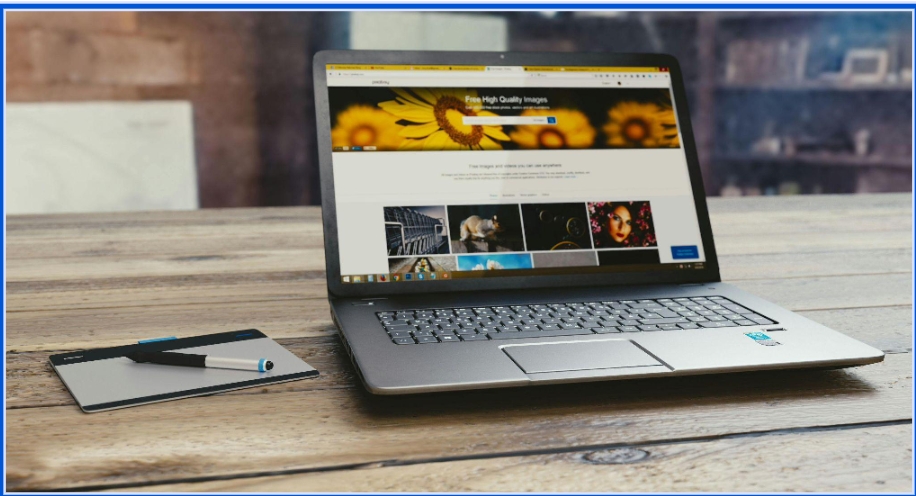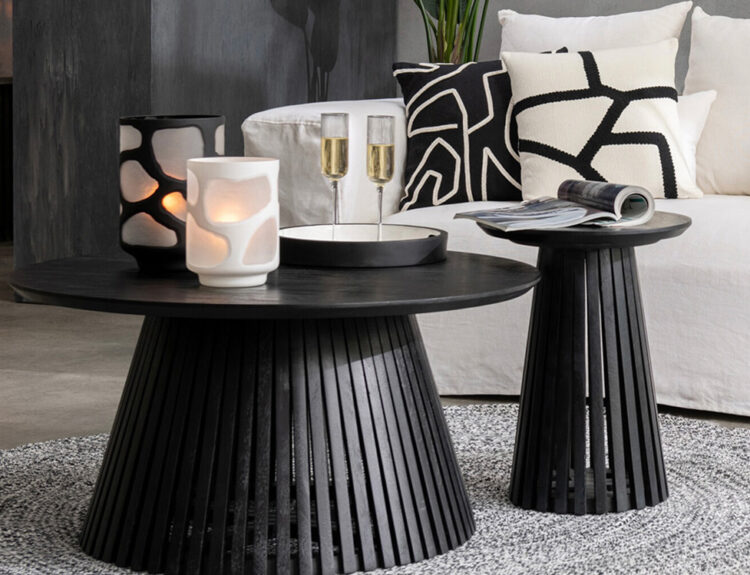You don’t always notice the frame—until it ruins the picture.
It’s strange how often the focus isn’t the problem. The subject is solid, the message is clear, the delivery’s on point. But the stuff surrounding it? That’s where things start to fall apart. It’s the background noise, the visual clutter, the mismatched tone. The part you didn’t pay much attention to, but everyone else saw first.
This applies everywhere. In conversations, in workspaces, in design. And especially in content.
The frame doesn’t just hold the message. It defines it.
When you shoot a video, you think about your lighting, your sound, your script. But if the pile of laundry in the corner or a busy street scene behind you is louder than your voice, the viewer hears that first. Not literally—but emotionally. And once attention drifts, you’ve already lost a bit of the moment.
It’s easy to underestimate how much the background influences perception. People don’t always register it consciously, but it shapes how they feel about what they’re seeing. A messy visual space feels chaotic. An unfocused background feels unprofessional. An irrelevant setting creates confusion.
On the other hand, a clean, intentional frame immediately builds trust. It says, “I cared enough to focus.” That one choice, quiet as it may be, tells the viewer you value their time. You cleared space for them.
But not everyone has access to the perfect studio or the ideal environment. Most creators are working with what they’ve got—bedrooms, kitchens, back patios, blank walls. Real life. And that’s exactly why tools that let you control what’s behind you—easily and convincingly—are such game changers.
Instead of stressing over how to stage your space or booking an expensive location, you can use a free video background remover and simply eliminate what doesn’t belong. Just like that, the focus is back where it should be—on your face, your story, your point.
There’s something creatively freeing about that. You can experiment without being boxed in by your surroundings. You’re not stuck waiting for the golden hour or borrowing your friend’s home office because it “looks more professional.” You create your scene on your terms.
And that freedom leads to better content—not just visually, but energetically. You’re not preoccupied with hiding stuff behind plants or rearranging your apartment before every shoot. You can focus on what you’re saying. And that makes you more present, more confident, more there.
Presence, by the way, is everything.
In a landscape filled with noise and surface-level polish, authenticity still stands out. But authenticity doesn’t mean raw or messy. It means clear. Clear intention. Clear message. Clear space for the audience to connect with you.
That clarity is often hidden behind technical barriers. People assume that in order to create clean, focused video, you need equipment, a team, a learning curve. But the truth is, smart tools are replacing all that friction with accessibility. One click instead of ten. Drag and drop instead of complex layers. Instant improvement, no tutorial required.
And when you remove the friction, you unlock creativity.
Creators, marketers, teachers, freelancers, musicians—they’re all embracing this shift. Not because they want to fake a perfect environment, but because they want their content to be about the content, not the distractions surrounding it. They want to feel free to create, to move, to test new ideas without being judged by what’s behind them.
This matters even more when you’re not just entertaining, but informing or persuading. A lesson lands better when it’s delivered in a clean frame. A pitch hits harder when the background doesn’t compete with your idea. A product looks sharper when it’s the only thing on screen.
Good editing isn’t about impressing people. It’s about respecting them. Respecting their attention. Respecting their time.
Every unnecessary visual detail chips away at that respect.
That’s why minimalist design principles have lasted. Not because they’re trendy, but because they remove friction between the viewer and the message. The same idea applies to video. Take away what doesn’t serve the story. Make room for what does.
And let’s be honest—sometimes, what doesn’t serve the story is whatever’s behind you at 10:47 p.m. when you’re filming your third take because your neighbor’s dog wouldn’t stop barking during the first two. Life doesn’t always give you the ideal setup. But tools do.
There’s a kind of power in that. In knowing that your content doesn’t have to suffer because of your space. That you can shape the experience without needing a whole crew. That you can keep the production simple and still end up with something that looks like you planned it for weeks.
It levels the playing field.
And maybe that’s the most exciting part. The barrier between idea and execution is shrinking. More people than ever are able to create polished, meaningful video content without being pro editors or having access to fancy gear. They just need the right tools—and a bit of vision.
The rest is just a matter of subtraction.
So next time you’re working on a video—whether it’s for a project, a product, a pitch, or something personal—ask yourself: What am I saying here? And is the background helping or hurting?
If it’s getting in the way, you know what to do.



